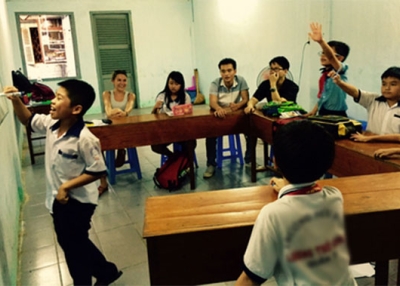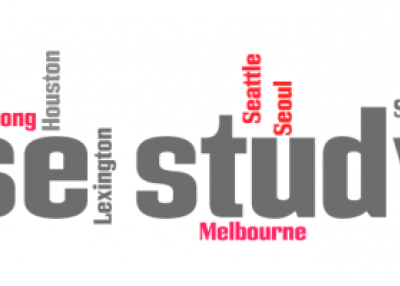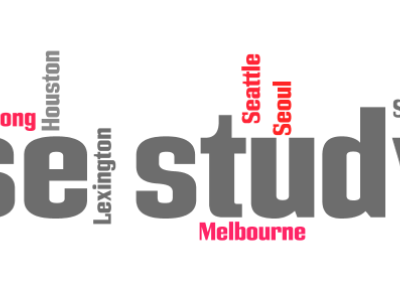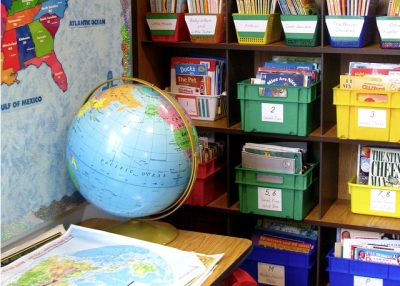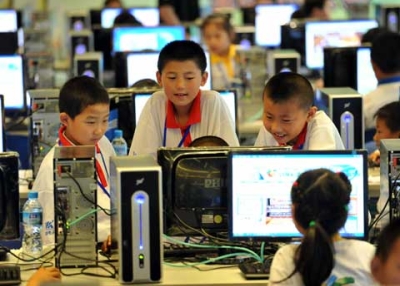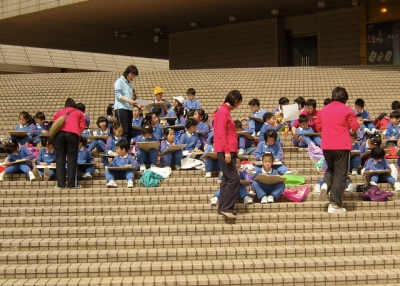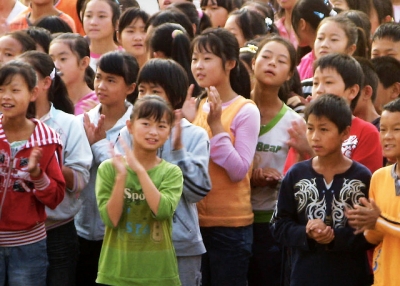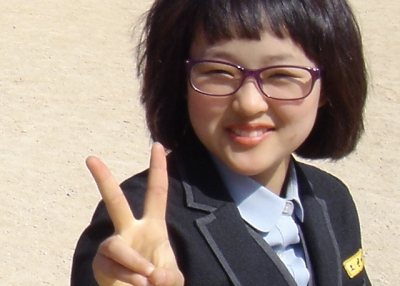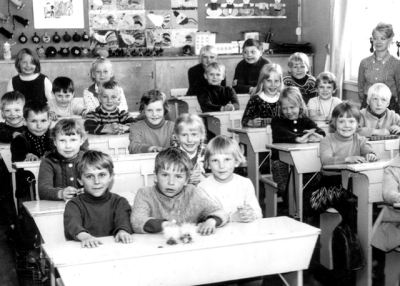Lesson from Japan
Load Curriculum with Expertise
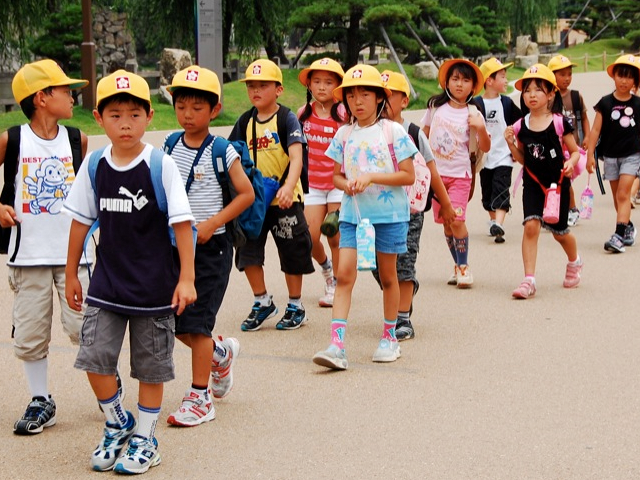
Educators who plan lessons together create more effective learning experiences for students. This has been a proven practice in the Japanese education system for over a century.
Team teaching, teaching to strengths, having peers provide feedback, and observing others to learn new ideas and strategies are ways in which globally focused schools best serve students. When teachers plan together, even without team teaching, their combined knowledge and experience is always more valuable than what one teacher alone might develop. One example of such collaboration is called Japanese Lesson Study, a process developed during Meiji-era Japan, and is still in use today because of its effectiveness.
Japanese Lesson Study is a collaborative professional development tool that encourages teachers to work in groups of four to six educators each, usually at a specific grade level, to plan, observe, examine, and refine classroom lessons.
This process, which could take years, begins with the group of teachers setting a goal for themselves. They then create curriculum that aims to meet this goal. Teachers in Japan are expected to participate in this process and almost every single teacher is involved in at least one lesson study group, some also participate in districtwide groups, which meet in the evenings. A large portion of time is devoted to this process. The teams provide mentoring and training, but also allow teachers to try new teaching techniques.
A process of teaching the lessons, analyzing how they work in the classroom, and then revising the lessons with the group follows.
Here is an abbreviated version of this process that could be used for any subject:
- Decide on a research theme or goal–-it should be something that fits within standards or a scope and sequence. For example, critical thinking in science inquiry.
- Meet with colleagues to plan a lesson on a specific topic and unit, pooling knowledge, and creating a first draft.
- Make collaborative decisions on content, the integration of global competencies, materials, and teaching strategies.
- Teach the lesson to colleagues as a form of practice. Some teachers are open to being observed while teaching the lesson to students.
- Use a rubric for the observation and specific language in their feedback, recording observations rather than criticisms.
- Review observations and rewrite the lesson to improve both content and delivery.
Teachers from other schools are sometimes invited to observe the final version of the lesson.
Collaborative planning and team teaching is a winning combination for students. It provides enhanced content and builds teacher expertise, both of which can motivate students to learn.
Framework for a Lesson
(Adapted from The Teaching Gap: Best Ideas from the World's Teachers for Improving Education in the Classroom by James Stigler and James Hiebert.)
Here is a tool to use when preparing lessons:
-
Teacher writes learning goals.
- What is the problem students should tackle?
- What wording should be used for greatest clarity? o What materials should the students use?
- How should the limited time for the lesson be allotted?
-
Students work on the problem and then present their solutions to the entire class.
- What are the possible answers the students might come up with?
- What questions should be asked of the students to prompt their thinking?
- What guidance should be given to students who might be headed in the wrong direction?
- What should be done about students who may be at different levels of learning?
- Teacher leads a discussion to evaluate the various solutions that were presented.
-
Teacher ends the lesson by reviewing the concept the students were supposed to understand through the lesson.
- When is the appropriate moment to end the lesson? Does it correlate with the enduring understanding?
